Covering a song might feel like a simple creative project, but there’s more to it than just hitting record. Whether you’re a YouTuber, an indie artist, or just someone who loves to sing, the rules around covering music can be a bit tricky.
In this blog, we’ll break down when you need permission to cover a song, what kind of licenses are involved, and how you can stay out of legal trouble while sharing your talent. From karaoke nights to Spotify uploads, here’s what every cover artist needs to know.
Do You Need To Ask Permission To Make A Cover Of A Song?
Yes, but it depends. You usually need a license, specifically a mechanical or synchronization license, to cover a song legally.
But here’s the twist: you don’t always need direct permission from the original artist. As long as the song has been officially released, you can cover it with the right license in place.
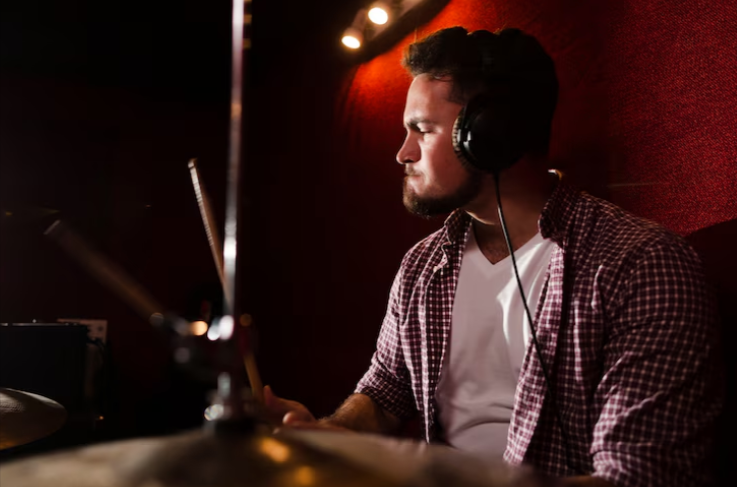
If you’re looking to explore which music genres are most commonly covered, check out this extensive music genres list to find your next inspiration.
When Do You Need Permission To Cover A Song?
Covering a song isn’t always as straightforward as singing into a mic and hitting upload. Depending on where and how you share your rendition, different rules and licenses come into play. Let’s break down the scenarios.
Permission to Cover a Song At Live Performances
Good news for live performers, if you’re singing covers at a venue, you typically don’t need to obtain individual permission. That’s because most venues secure blanket licenses from Performance Rights Organizations (PROs) like ASCAP, BMI, or SESAC.
These licenses cover the public performance of a vast repertoire of songs, allowing artists to perform without worrying about individual permissions. Attending music conferences can be a great way to learn more about performance rights, licensing trends, and connect with professionals in the music industry.
Permission to Cover A Song Posting On YouTube or Social Media
Uploading your cover to platforms like YouTube or Instagram? Here’s what you need to know:
- YouTube’s Content ID system: This digital fingerprinting system detects copyrighted material in videos. If your cover matches a registered song, the rights holder can choose to monetize, block, or track your video.
- Synchronization licenses: If you want to avoid potential issues, obtaining a synchronization license is advisable. This license grants permission to use the song in a video format. However, securing one can be challenging, as it often requires direct negotiation with the rights holder.
Curious about AI in content ID detection? Explore AI music statistics and its industry impact.
Releasing a Cover on Spotify, Apple Music, etc
Planning to distribute your cover on streaming platforms? Here’s the scoop:
1. Mechanical licenses
To legally distribute a cover song on platforms like Spotify or Apple Music, you need a mechanical license. This license allows you to reproduce and distribute the song. Services like the Harry Fox Agency’s Songfile or Easy Song Licensing can help you obtain one.
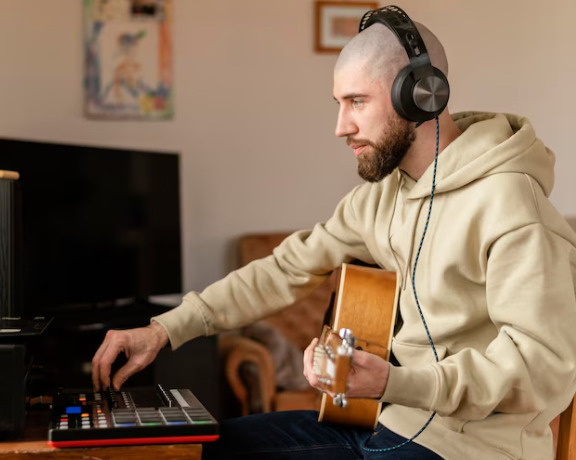
2. The Mechanical Licensing Collective (MLC)
In the U.S., the MLC administers blanket mechanical licenses for digital streaming services, ensuring that rights holders receive proper royalties.
For deeper insights into platform usage, check out these updated Spotify user statistics.
How to Legally Cover a Song? (Step By Step)
Covering a song is a fantastic way to showcase your musical talents, but it’s essential to navigate the legal landscape to avoid potential pitfalls. Here’s a straightforward guide to help you legally cover a song:
Step 1: Identify the Song’s Copyright Status
Before proceeding, determine if the song is copyrighted. If it’s in the public domain, you’re free to cover it without permission. However, most contemporary songs are protected by copyright, necessitating proper licensing.
Step 2: Obtain a Mechanical License
A mechanical license grants you the right to reproduce and distribute a copyrighted musical composition in an audio-only format. This license is essential if you plan to release your cover on platforms like Spotify, Apple Music, or as physical copies. Services such as the Harry Fox Agency’s Songfile, Easy Song Licensing, and LANDR can assist in obtaining this license.
Step 3: Pay the Statutory Royalty Rate
In the U.S., the statutory royalty rate for mechanical licenses is 12.4 cents per copy for songs five minutes or less. For songs longer than five minutes, the rate is 2.39 cents per minute or fraction thereof. These fees compensate the original songwriters and publishers.
Step 4: Distribute Your Cover Song
Once licensed, you can distribute your cover song through various channels. Digital aggregators like DistroKid, CD Baby, and TuneCore can help distribute your music to streaming platforms and handle royalty payments.
Step 5: Consider Synchronization Licenses for Video Content
Pairing your cover song with visual content (e.g., a YouTube video) requires a synchronization license along with the mechanical license. This permits using the composition in audiovisual formats. If using tech-based music tools for your cover, these AI tools for production can enhance your sound and simplify your workflow.
Mechanical Licenses For Cover Songs: What Are They?
A mechanical license is a legal agreement between a music user and the owner of a copyrighted composition, granting permission to reproduce and distribute the song in an audio-only format. This license is crucial for artists who wish to legally release cover versions of songs they didn’t write.
Key Points:
- Purpose: Allows reproduction and distribution of a musical composition in audio-only formats.
- Requirement: Necessary for releasing cover songs on streaming platforms, CDs, vinyl, and digital downloads.
- Acquisition: Can be obtained through services like Harry Fox Agency’s Songfile, Easy Song Licensing, or LANDR.
- Royalty Rates: As of 2024, the U.S. statutory rate is 12.4 cents per copy for songs five minutes or less, and 2.39 cents per minute for longer songs.
By securing a mechanical license, you ensure that you’re respecting the rights of the original creators while legally sharing your musical interpretations with the world.
Looking to enhance your music education or explore music law? I suggest top music schools for formal training and online certification options that will help you become an expert in this field.
Where to Get Permission To Make A Cover Of A Song?
If you want to cover a song legally and hassle-free, these services make the licensing process straightforward:
| Service | What They Offer | Best For | Pricing |
|---|---|---|---|
| DistroKid’s Cover Song Licensing | Automated mechanical license acquisition when distributing covers through DistroKid | Independent artists releasing covers on streaming platforms | Flat fee per song plus a small percentage of earnings |
| Easy Song Licensing | Simplified licensing for covers and samples | Musicians wanting quick and easy cover licenses | Pay per license; no subscription needed |
| Harry Fox Agency (HFA) | Industry-standard mechanical licensing | Larger scale or professional releases | Varies; often requires account setup |
Each platform handles licensing differently, but all ensure you stay compliant and avoid copyright issues when releasing your cover.
How To Cover A Song Without Copyright?
Want to cover a song without worrying about copyright? Here are some smart options:
- Choose Public Domain Songs: Songs whose copyrights have expired can be freely covered without permission.
- Use Royalty-Free Music: Some artists release their work under Creative Commons or royalty-free licenses that allow covers.
- Create Original Arrangements: While covering still involves the original composition’s copyright, adding a unique twist might help when negotiating permissions, but it doesn’t eliminate copyright rules.
- Get Written Permission: Sometimes, reaching out directly to the rights holder for explicit permission can work, especially for lesser-known songs.
Remember: Simply changing lyrics or melody doesn’t free you from copyright law – obtaining the right licenses is key to keeping your covers legal and stress-free!
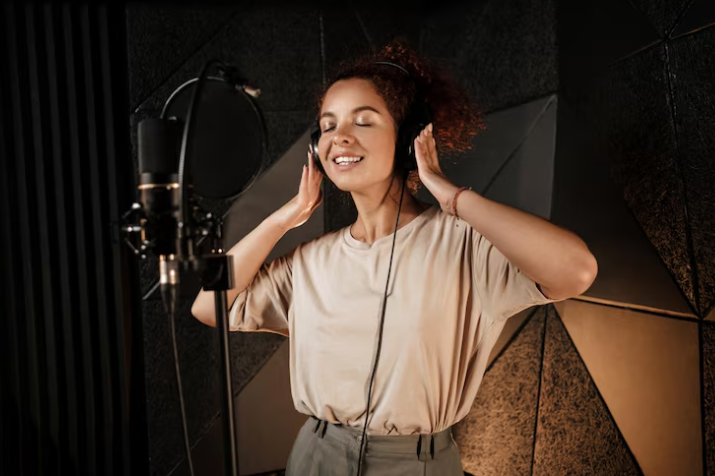
Do You Need the Artist’s Permission?
When it comes to covers, you usually don’t need the original artist’s personal permission – just the proper license, like a mechanical license, to legally record and distribute the song. This means you can cover most officially released songs without reaching out directly to the artist.
However, if you’re planning to create a remix, sample the original recording, or change the lyrics, that’s a different ballgame. In those cases, you do need explicit permission from the copyright holder because these actions go beyond what standard cover licenses allow.
For straightforward covers, focus on obtaining the correct license. For anything more creative or transformative, be prepared to seek direct approval to stay on the safe side!
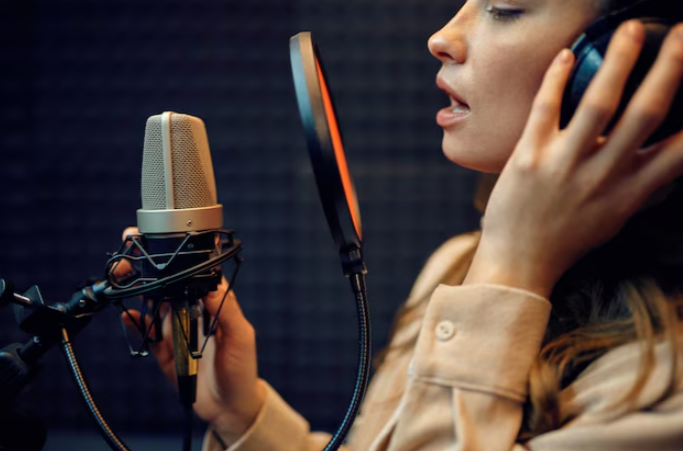
What Happens If You Cover A Song Without Permission?
Covering a song without the proper permission or license might seem like a quick way to share your music, but it comes with some serious risks:
- Content Takedown: Platforms like YouTube or Instagram can remove your video if the rights holder files a complaint. That means all your hard work could disappear overnight.
- Copyright Claims or Strikes: You might receive copyright strikes or claims against your account, which can limit your ability to upload content or even lead to account suspension.
- Potential Revenue Loss or Legal Issues: If you’re monetizing your cover without a license, you risk losing any earnings from your video or song. In worst cases, you could face legal action demanding damages or fines.
Bottom line? Skipping permission might cost you more than it’s worth. Playing it safe with proper licenses keeps your music and reputation intact!
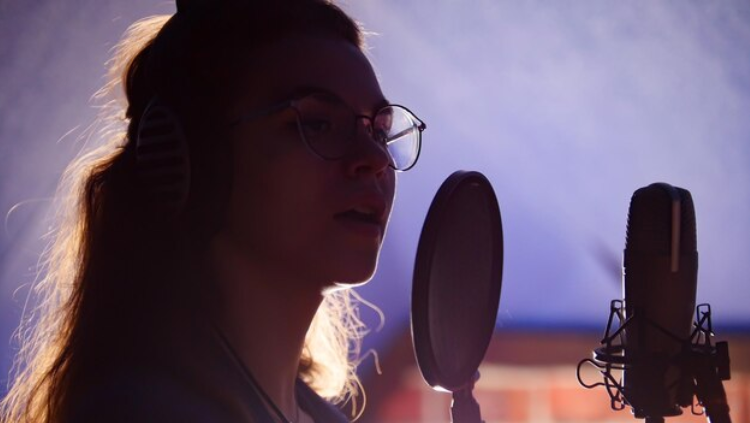
Public Domain Songs vs Copyrighted Songs
Understanding the difference between public domain songs and copyrighted songs is key when covering music. Public domain songs are free to use without permission, while copyrighted songs require licenses and permissions to cover or distribute.
| Aspect | Public Domain Songs | Copyrighted Songs |
|---|---|---|
| Permission Needed | No permission or license required | A license is required (mechanical, sync, etc.). |
| Age of Song | Typically, songs published before the 1920s | Songs published after the 1920s |
| Rights Holder | No current rights holder; rights have expired | Rights owned by songwriters or publishers |
| Use Cases | Free to cover, reproduce, and distribute | Must obtain licenses to cover or distribute |
| Risk of Legal Issues | Very low | High if covered without a proper license |
What’s In The Public Domain?
Songs that were generally published before the 1920s have fallen into the public domain. This means you don’t need permission or licenses to cover, record, or distribute these songs.
Examples include many traditional folk songs, classical compositions, and early blues and jazz standards. Covering these tunes is a copyright-free way to share music without legal hurdles!
What Are Copyrighted Songs?
Copyrighted songs are musical works protected by copyright law, meaning the songwriter or publisher holds exclusive rights to control how the song is used.
This includes rights to reproduce, distribute, perform, or create derivative works like covers or remixes. Most songs published after the 1920s fall under copyright protection, so you must obtain proper licenses to legally cover or share them.
How to Check If A Song Is Public Domain?
Wondering if a song is in the public domain? Here are some trusted resources to help you check:
1. Library of Congress Public Domain Database
2. Public Domain Information Project
3. Project Gutenberg (for old sheet music and lyrics)
These sites provide useful databases and lists to verify if a song’s copyright has expired.

How To Check If Songs Are Copyrighted?
To find out if a song is copyrighted:
1. Search the U.S. Copyright Office Database: This official database lets you look up registered copyrights for songs.
2. Check Performing Rights Organizations (PROs) Databases: Organizations like ASCAP, BMI, and SESAC maintain searchable catalogs of copyrighted songs.
3. Licensing platforms like Harry Fox Agency or Easy Song Licensing can also be used to provide information on licensing availability.
If a song appears in these databases, it’s protected and requires proper licensing to cover or distribute.
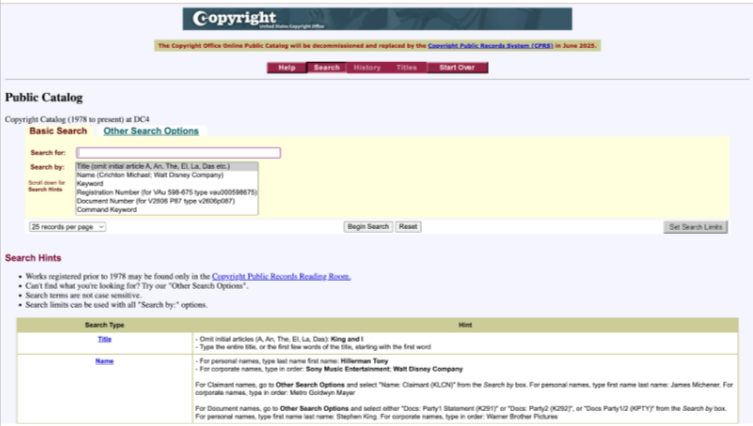
Conclusion: Cover Songs Are Legal With The Right Licenses
Covering a song is an exciting way to share your musical passion, but it’s important to do it legally and respectfully. Remember, while you usually don’t need the original artist’s personal permission, you do need proper licenses – like mechanical licenses – to release covers on music streaming platforms or sell them.
Different rules apply for live performances and social media, so stay informed. And if you want to avoid licensing hassles, consider covering public domain songs. Following these steps helps you enjoy making music without risking copyright trouble!
FAQs
Yes, you usually need a license or risk copyright claims, though some platforms handle licensing through Content ID systems.
Most venues have licenses that cover live performances, so individual performers typically don’t need to get separate permission.
It’s a license that allows you to legally reproduce and distribute someone else’s song, especially for digital and physical releases.
Only songs published before the 1920s are generally in the public domain and free to cover without permission.
Your content can be taken down, you might get copyright strikes, lose revenue, or face legal consequences if monetized.
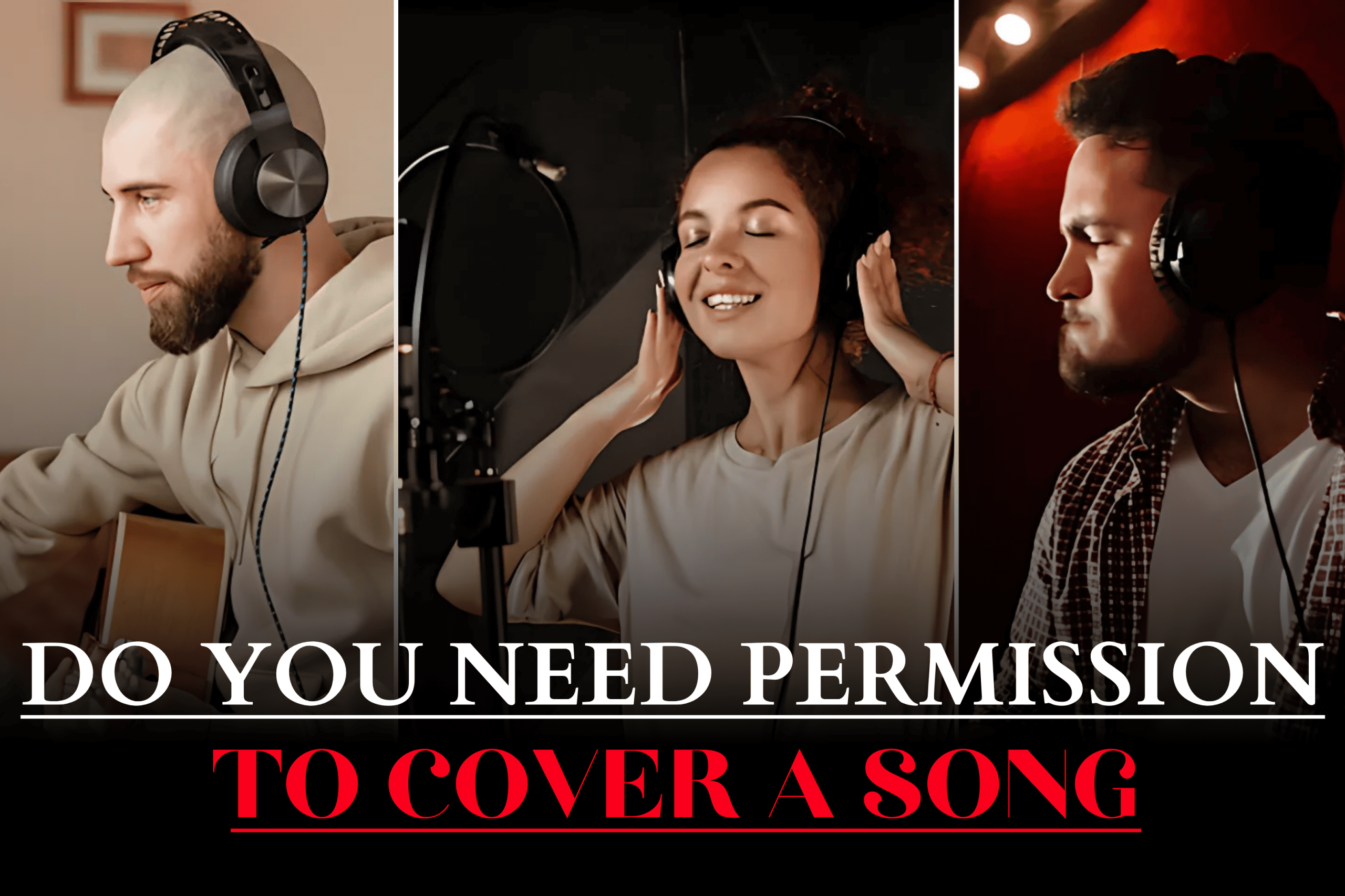
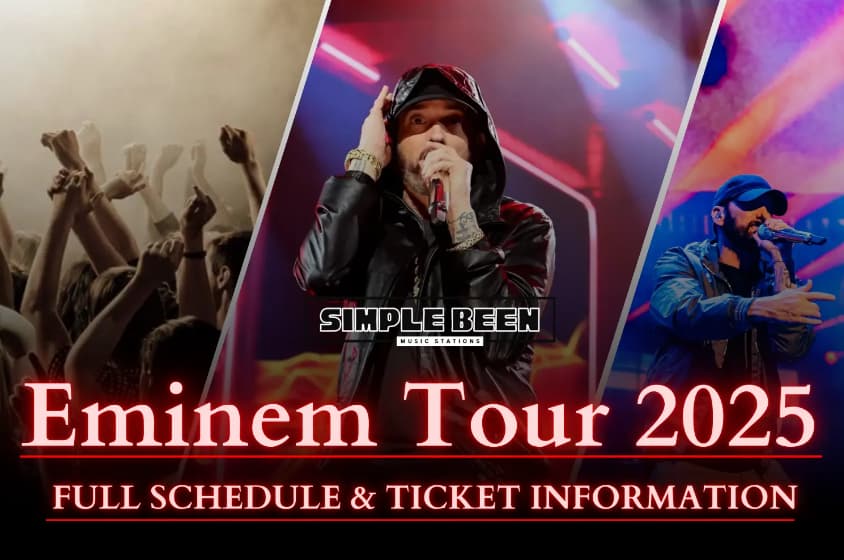
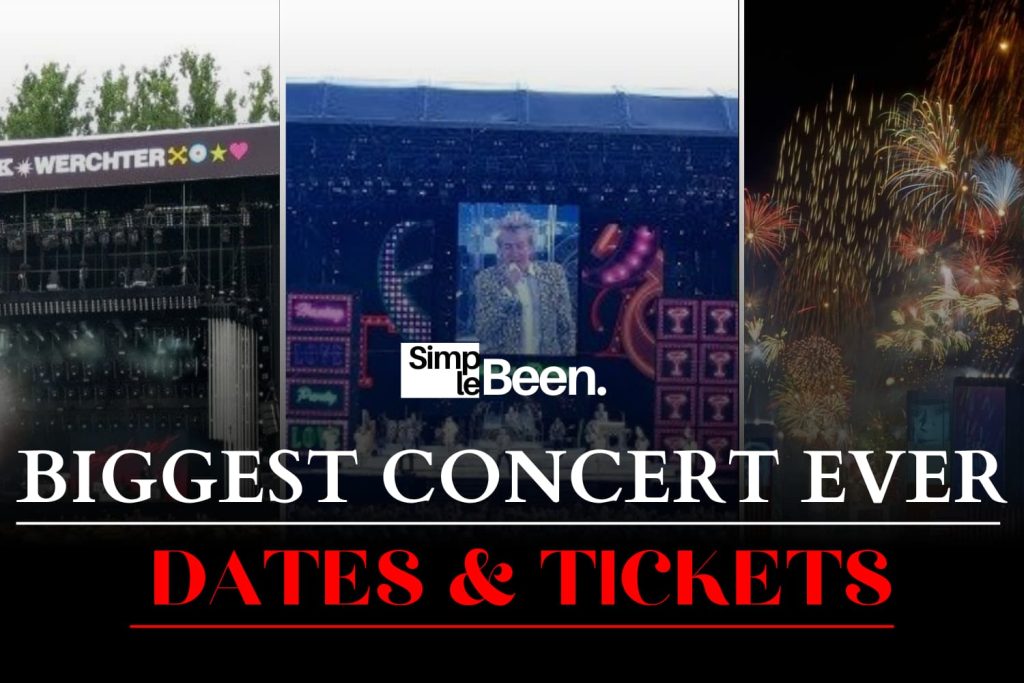

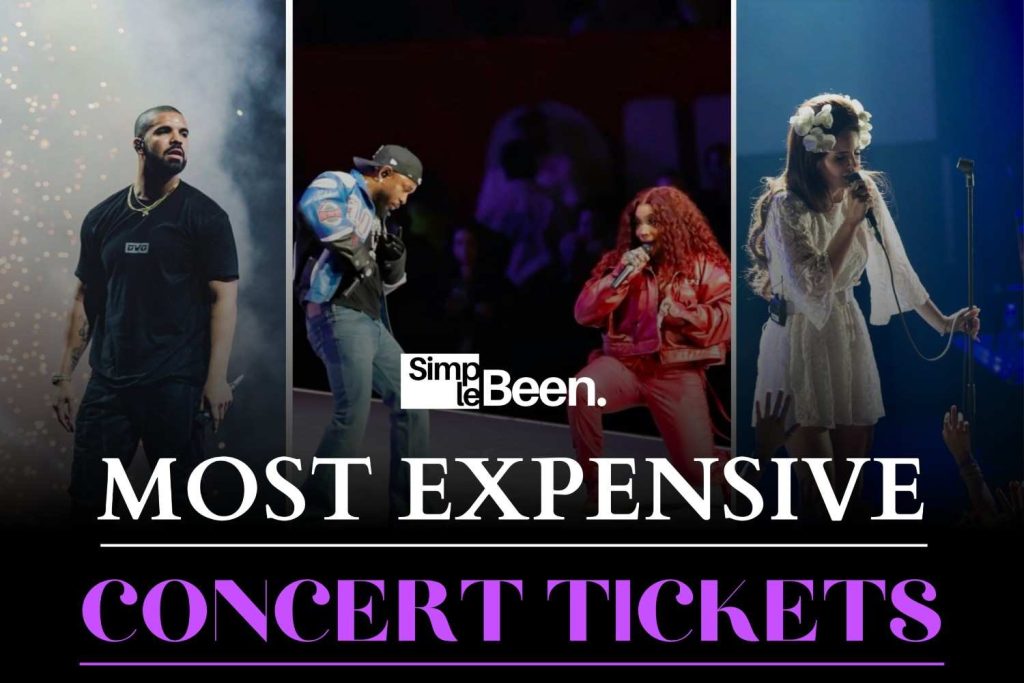
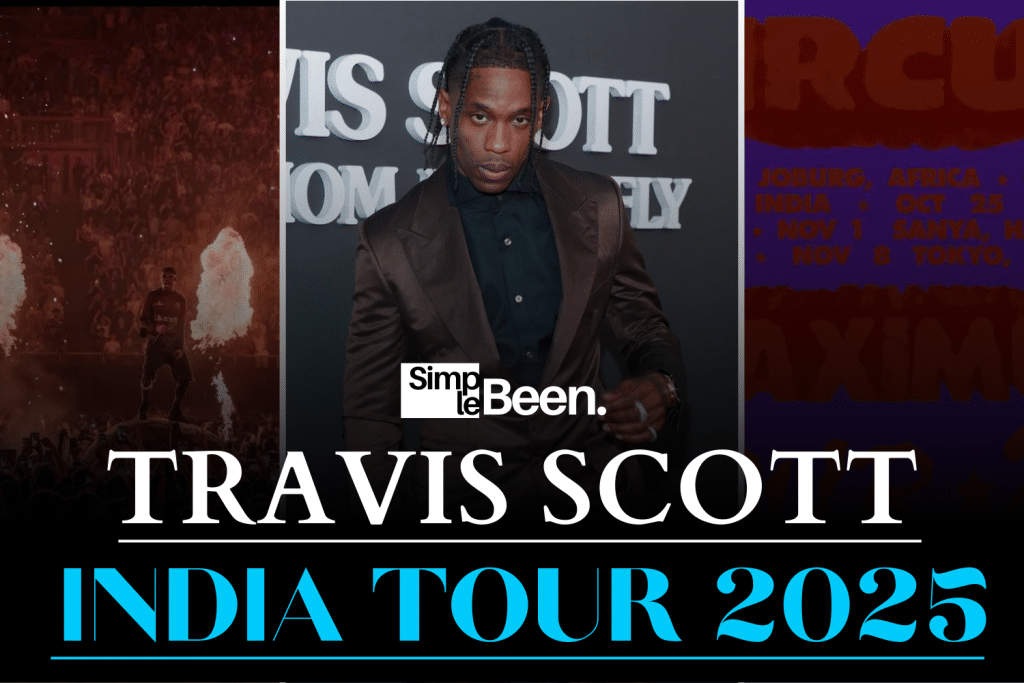
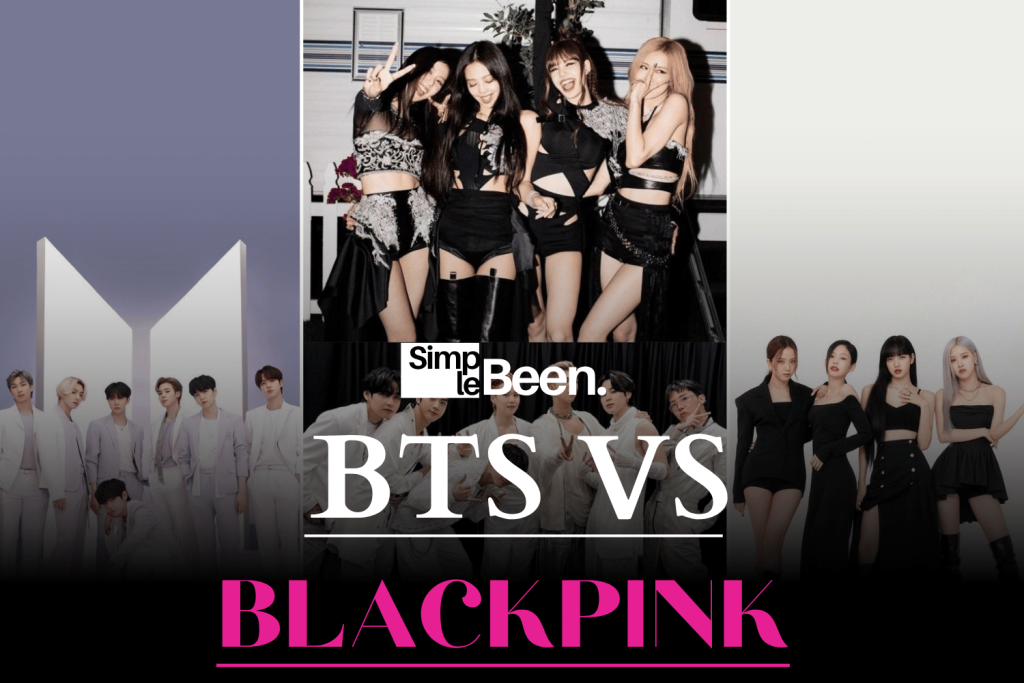
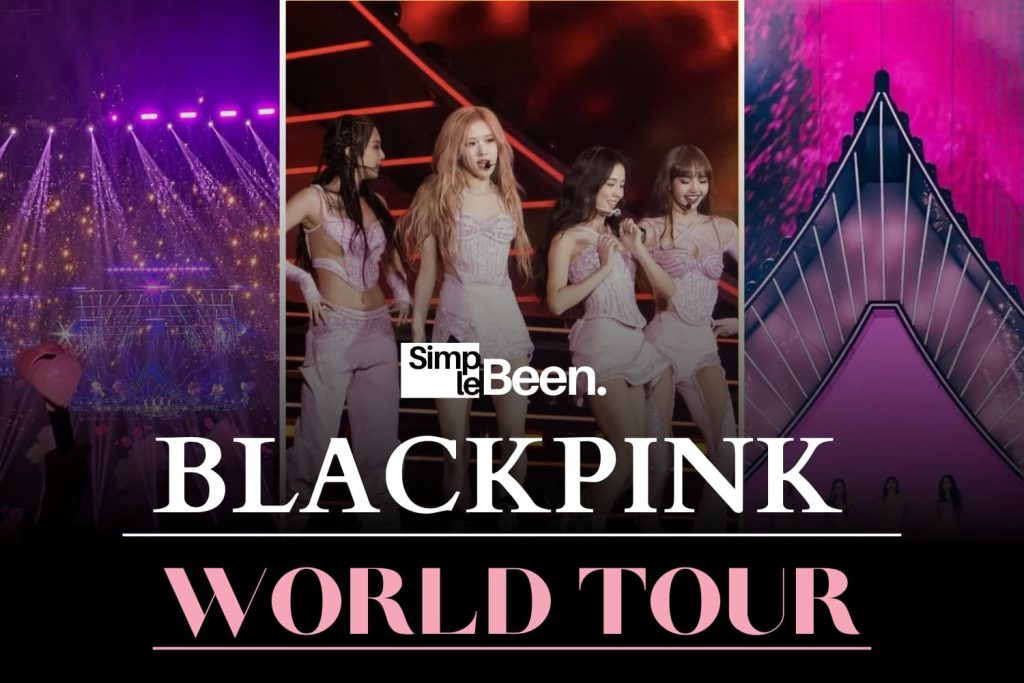

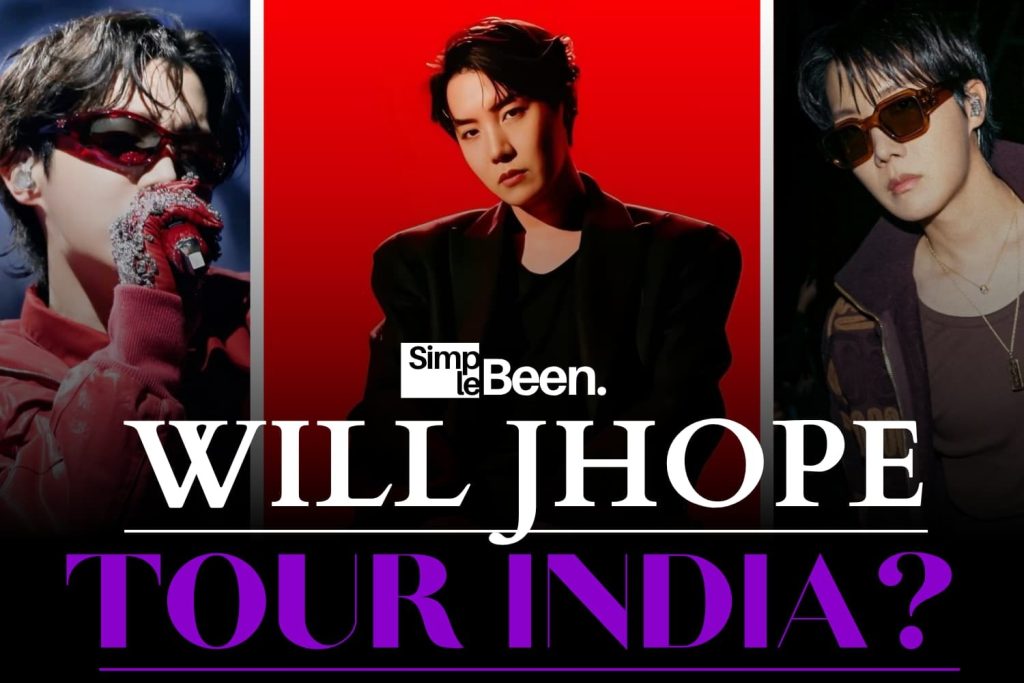
Leave a Comment